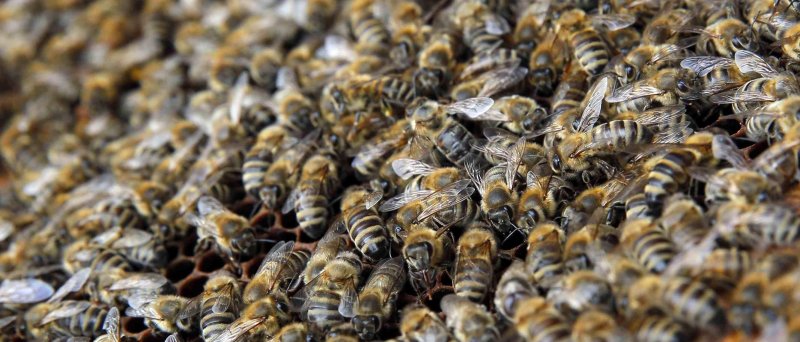The GLP aggregated and excerpted this blog/article to reflect the diversity of news, opinion and analysis.
“Beekeepers lost 44 percent of honeybee colonies last year.”
The headline, based on a new U.S. Department of Agriculture Report, is meant to make you think that there’s a shortage of bees, which are about to vanish from the face of the earth. Nothing could be further from the truth.
All we need to do is take a look at another recent USDA report which says there are almost 2.7 million honey-producing honeybee colonies in the United States. That’s up 10 percent from a decade ago
[…]…the 44 percent figure doesn’t take into account the fact that some loss is inevitable and that beehives rapidly regenerate in the warmer months, as a happy queen can lay over a thousand eggs every day. And beekeepers can accelerate the process with techniques like splitting hives.
So what is making overwinter losses so high? The USDA report explained: “Honey beekeepers with five or more colonies reported Varroa mites as the leading stressor affecting colonies.” …
But what about neonics? According to their survey, pesticides only accounted for 10.5 percent of the stressors on honeybee colonies.
Read full, original post: A 44 Percent Bee Decline?































